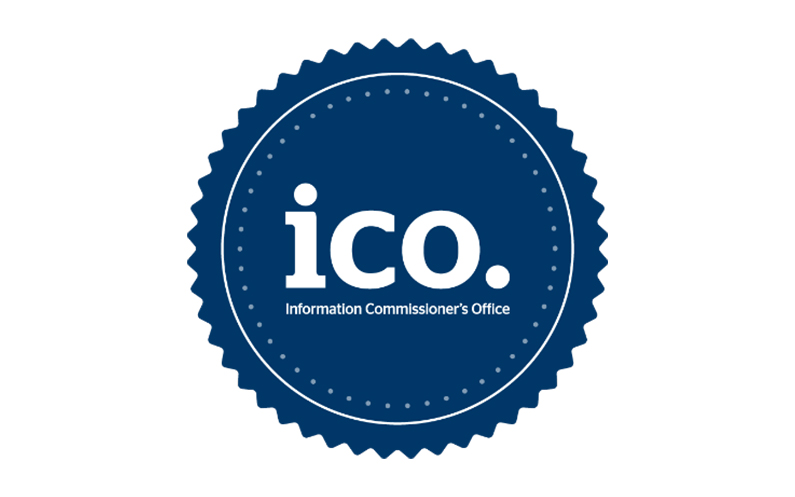Diving into the art of technical writing, we’ve gathered insights from professionals, including technical writers and business owners to enhance your documentation skills. From avoiding jargon for clearer understanding to considering your audience’s knowledge level, explore these five essential tips to refine your technical writing craft.
- Avoid Jargon for Clearer Understanding
- Prioritize Clarity and Simplicity
- Cite Recent and Relevant Sources
- Consider Your Audience’s Knowledge Level
Table of Contents
ToggleAvoid Jargon for Clearer Understanding
Technical writing, unlike marketing content, consists of explanations of complicated processes. However, the end goal is to communicate the idea in an easily understandable language, consisting of short sentences and clear explanations. A technical writer can achieve this by avoiding jargon, technical terms, and lesser-known abbreviations. They should explain technical terms and ensure that abbreviations and complicated terminologies are well-defined.
I recommend the simple-document approach because it helps ensure that your documentation is accessible to a wider audience, including users with a shallow understanding of the subject. It also helps reduce miscommunications and improve readability. Always remember, that the goal of a technical writer should be to convey critical information with 100% clarity.
Mustafa Shaikh, Technical Writer 2, Kroll Global Solutions LLP
Prioritize Clarity and Simplicity
Maintaining clarity and simplicity in communication is important. Technical documents often involve complex concepts and specialized terminology. However, presenting information clearly and straightforwardly is essential for the audience’s understanding.

Using jargon or overly complicated language can lead to confusion and misinterpretation. Clear and concise writing not only enhances comprehension but also saves time for both the writer and the reader. It ensures that technical information is accessible to a broader audience, including those with varying levels of expertise.
Ultimately, prioritizing clarity in technical writing facilitates effective knowledge transfer and contributes to the overall success of the communication.
Diana Royanto, Writer, Milkwhale
Cite Recent and Relevant Sources
For any online or digital technical writing, use sources that are recent and acutely relevant. Then link them appropriately in your work or at the end of your article to ensure that any information, quotes, or any other aspects are properly attributed.
Garrett Nutgrass, Marketing Content Strategist, Destify
Consider Your Audience’s Knowledge Level
In a lot of technical writing, people tend to focus on the material they’re working with, which is important—of course. It needs to be accurate, detailed and well-researched. However, I recommend that the technical writer keep their audience—that is, the intended reader—in mind. In my experience, I’ve sometimes seen technical writing that is so difficult to read that it becomes nearly incomprehensible, and at that point, it is no longer helpful.
If the intended audience of a piece is, for example, college professors, then the language might be more elevated, and the sentence structure more complex. But if the actual readers are going to be laypeople who don’t have a lot of technical experience, or don’t necessarily know the vocabulary offhand, then I recommend writing a bit more to them. This means it might be worthwhile to add definitions after a new term is introduced, or use short sentences and plain language.
Remember, technical writing is not meant to show off the writing skills of the author; rather, it is intended to communicate information effectively, concisely, and efficiently.
Phillip Mandel, Owner, Mandel Marketing

